Dodge is here to stay, but it will be going through some changes. As the collection of Charger and Challenger “Last Call” models indicate, these icons will be discontinued after the 2023 model year. Filling their space here at Benna CDJR will be the exciting new Hornet, including a plug-in hybrid model, and Dodge promises electrified future vehicles that will deliver on Dodge brand expectations. Still, the site Autoevolution decided this is a good time to list what they consider are 50 of the best Dodge models, starting with models ranked 41st through 50th, which we will recount here.
50. 1978 Dodge Magnum
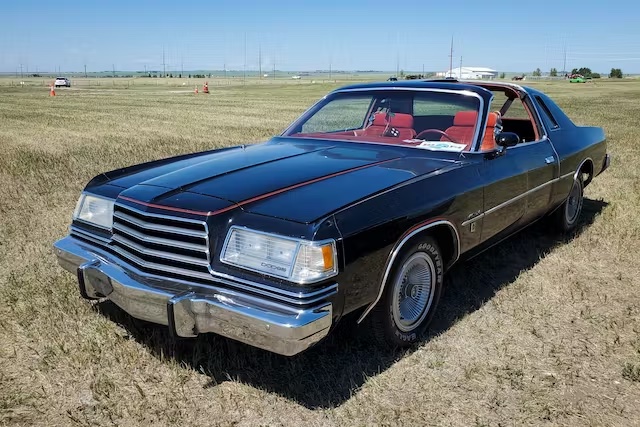
The mid-70s were a difficult time for the muscle cars created during the previous decade. Emissions regulations were choking high-powered engines, and it would be a while before innovations such as electronic fuel injection, multi-valve heads, turbocharging, and other technologies brought the power back.
Perhaps no vehicle personifies the 70s shift in focus more than the Magnum. By 1975, the Charger had already made the transition from muscle car to “personal luxury coupe”, a genre created in the 60s but truly flourished in the depowered 70s. Emphasis instead was on plush interiors, luxury car-derived features, and T-Tops. The name change and a styling make-over sealed the deal. The Magnum was briefly available with a 400 cu in a big block but thereafter soldiered on with the 318 or 360 cu in V8s, making 159 and 195 horsepower, respectively.
The Magnum did succeed in keeping Richard Petty in Mopar vehicles for a few years longer. Still, Petty did manage seven top-five finishes in his 17 races with the Magnum.
49. 1949-52 Wayfarer Roadster
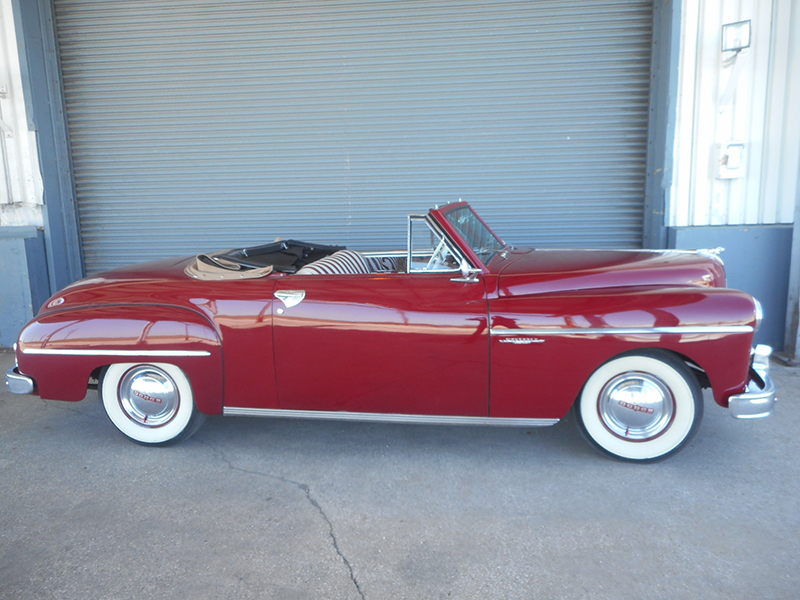
The Wayfarer was Dodge’s entry-level two-door from 1949 to 1952, and what is notable about it included a 2-seat roadster model. There hadn’t been a true roadster out of Detroit since 1931. While the Wayfarer model line was popular enough to sell 200,000 units sold across four years, only 9,325 of them were Roadsters. While jaunty in design, the Roadster was not powerful. The 230 cu in inline-six was rated at 103 horsepower and 190 lb-ft of torque, resulting in a 0 to 60 of more than 20 seconds. Then again, “Wayfarer” is defined by the Oxford English Dictionary as “a person who travels on foot”, so it was at least faster than its name implied.
48. 1987 Shelby Charger GLH-S
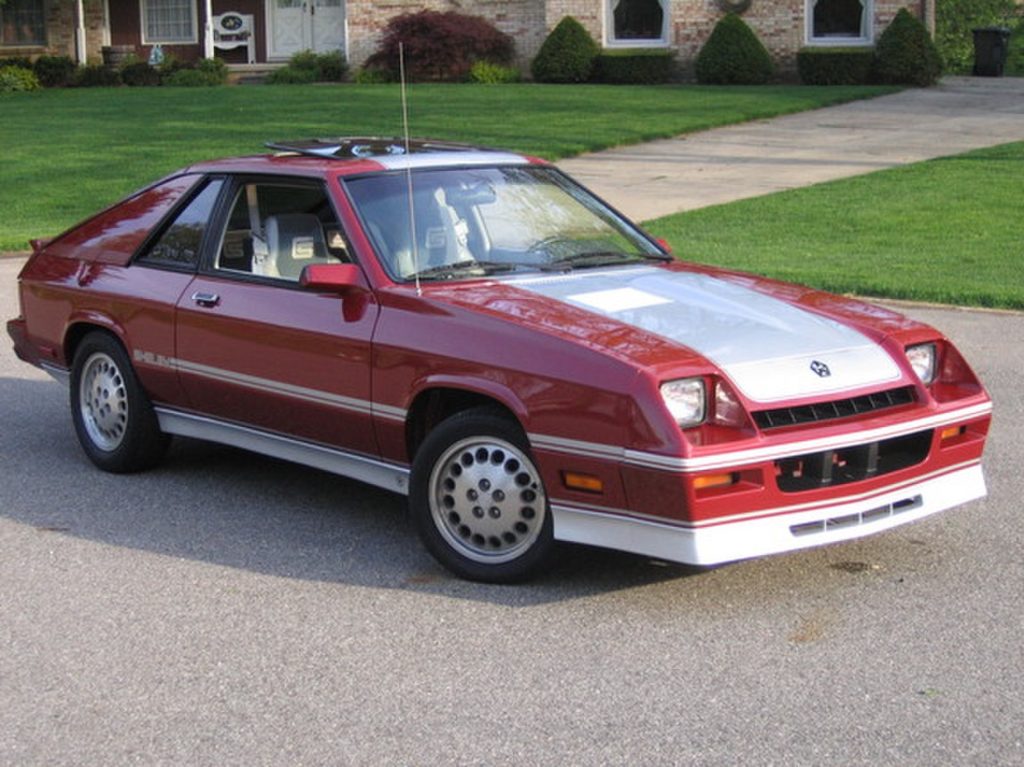
The 1978 Dodge Omni 4-door hatchback and identical Plymouth Horizon were the first front-drive economy cars assembled in the United States. Four years later, both Dodge and Plymouth came out with 2-door fastback coupe versions of the car, which Dodge applied the iconic Charger to. Purists gave it the side-eye, but Carrol Shelby saw potential and started producing a higher-performance version of the car that at least had over 100 horsepower.
This culminated In 1987 when Shelby bought the last 1000 Chargers and fitted them with turbocharged versions of the 2.2-liter inline-4. The GLH (Goes Like Hell) -T produced 146 horsepower, but the relatively big dog was the GLH-S which produced 175 horsepower and
47. 1985 Shelby Omni GLH-S
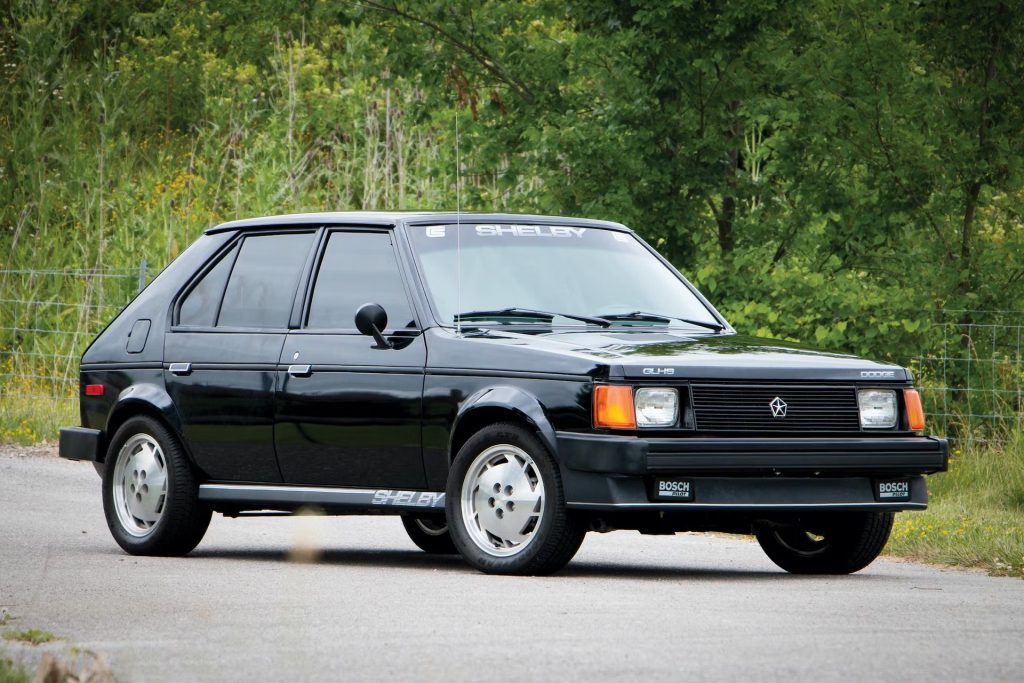
While the 4-door hatchback Omni gave Americans a domestic choice among the similarly configured Japanese cars flooding the country, its generic slab-sided styling is
175 lb-ft of torque. Keep in mind that the Camaro 5.0-liter V8 was only producing 178 horsepower at the time.
the last thing you would expect to become a muscle car. Similar to what he did with the #48. Shelby Charger GLH-S, Carrol Shelby bought 500 Omni’s and gave them the same 175 hp 2.2-liter engine, albeit in limited numbers. Americans had their first hot hatch, which could beat several V-8-powered Cameros, Firebirds, and Mustangs in the quarter mile.
46. 1956 D-500
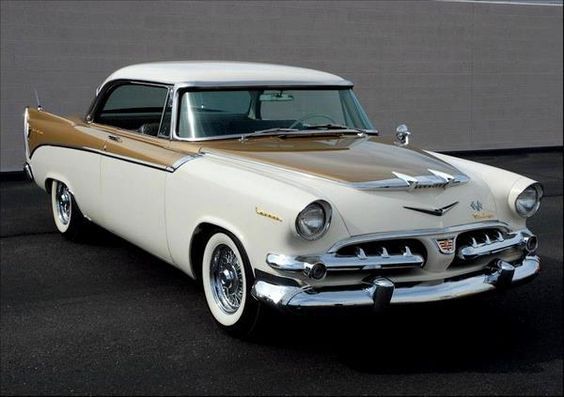
A muscle car before the term was coined, the D-500 was a high-performance version of the Coronet sedan and Royal Lancer hardtop & convertible designed for NASCAR homologation, much like the high-winged Daytona 14 years later. Under the hood was the “Red Ram” 315-cu in HEMI V8 with dual Carter four-barrel carburetors, which produced 285 horsepower in its most aggressive form. It was also outfitted with a heavy-duty suspension and upgraded brakes from the Chrysler New Yorker and Imperial models. The D-500 only existed for one year, during which it won 11 stock car races and set several Bonneville Salt Flats speed records.
45. 1978 Aspen Super Coupe
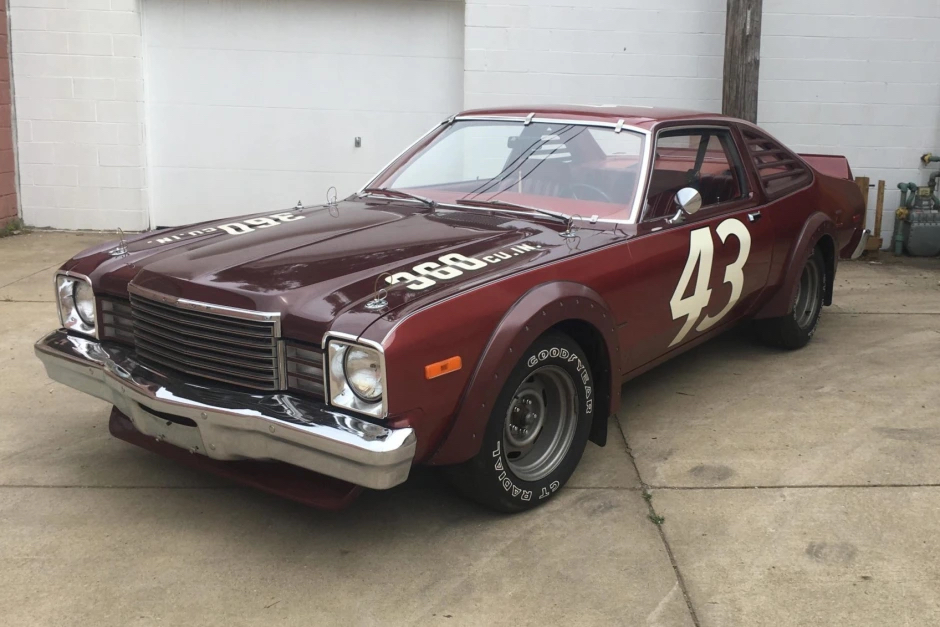
In 1976, the Aspen replaced the long-running Dart compact. Most were powered by Chrysler’s venerable 225 cu in “slant-six”. But like the Darts before, it could be fitted with a 318 or 360 cu in V8. Richard Petty had driven Plymouths for much of his career, but in the 70s, made the side-step to Dodge. The Super Coupe was developed to celebrate the NASCAR legend. Though too small to actually compete in NASCAR, the Super Coupe was designed to look as much like a NASCAR racer as possible complete with the Petty’s “43” on the doors, steel wheels, louvered rear quarter windows, and even metal tie-downs for the windshield. It had the Aspen’s most powerful 175-hp 360 cu in V-8 but no real high-performance upgrades. A total of 145 Super Coupes were built.
44. 1970-98 Ram Van
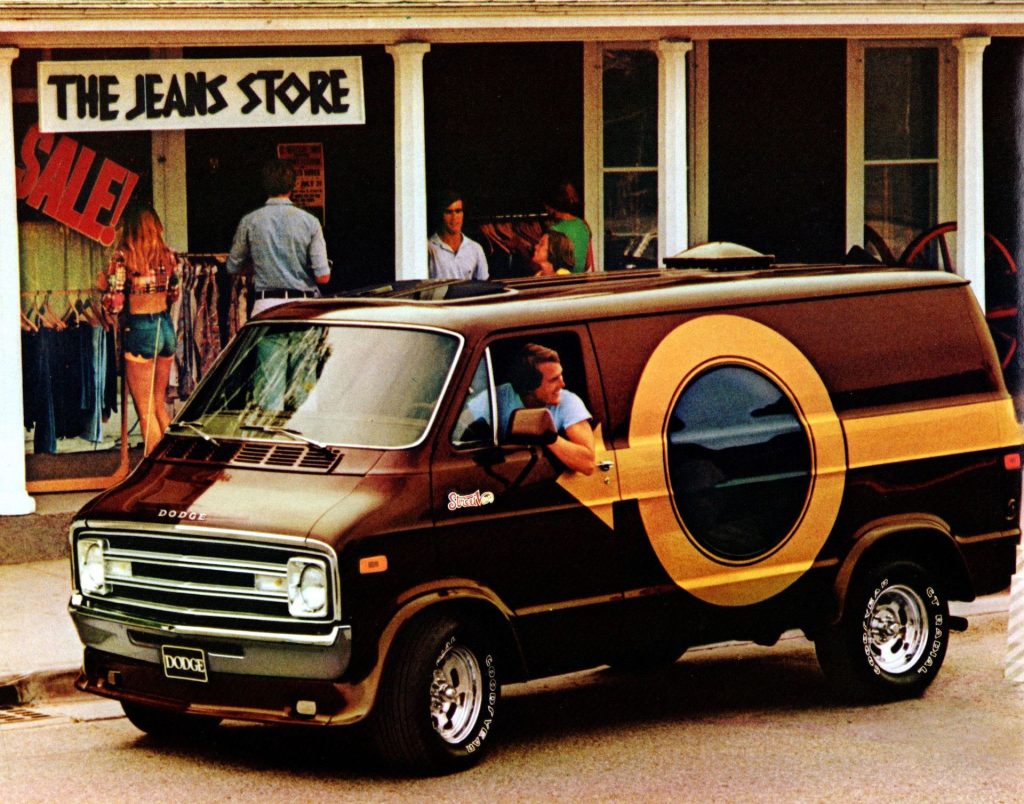
Six years after it was introduced, the 1970 Dodge full-size van was given a new look and a new name. It was the first Dodge with the Ram name, which eventually became its own truck division. The updated design came just in time for the 70s custom van craze. While Ford, Chevrolet, and GMC all enjoyed fame in the era, the Dodge Ram Van was the most iconic of the fad, which Doige took advantage of by offering factory custom options called the Street Van Package.
43. 1990 – 2011 Dakota
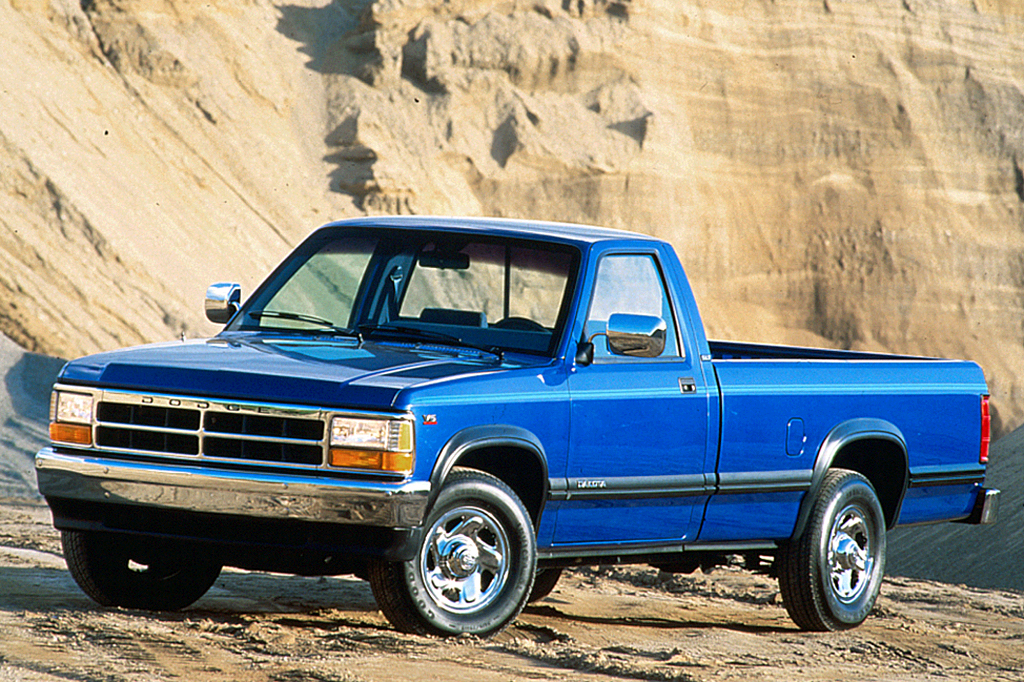
Japanese compact pickups trickled into the market in the 60s but started hitting their stride in the 70s, many of which had American badges on them. In the early 80s, Chevrolet’s S-10 and Ford’s Ranger replaced their captive Japanese models with American-made compact trucks. The Dakota came half a decade later but with a twist. It was mid-sized, a distinct size between the compacts and full-size trucks, and it had a V8 option.
Higher performance “Sport Trucks” followed, as did a Club-cab version that could seat six people provided they were generous with their social space. As people became more comfortable with fuel prices, the Dakota found itself without a compelling reason to exist and was discontinued in 2011.
42. 1965-77 Monaco
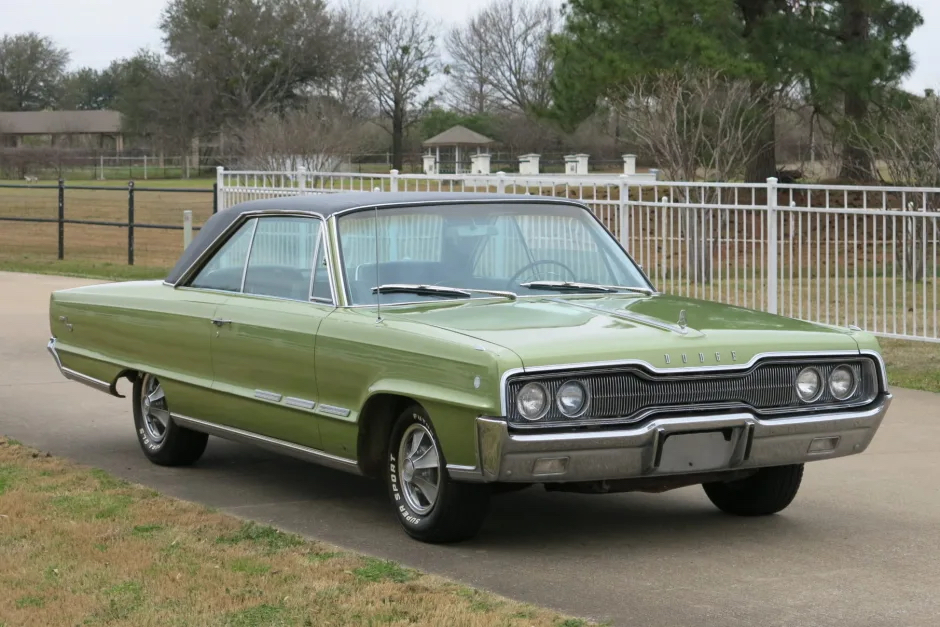
The Dodge Monaco was a well-pointed full-size two-door hardtop that was originally intended to compete with the Pontiac Grand Prix personal luxury coupe. Instead, it became Dodge’s most lavishly appointed model where it completed with 2-door coupe versions of the Chevrolet Caprice, Ford LTD, and others, all nipping at the heels of more premium brands such as Oldsmobile, Buick, Mercury, and Chrysler.
By 1969 the model line grew in size and expanded to a four-door sedan & hardtop and station wagon body styles, which further solidified its place as a better-appointed Polara. By 1974, Monaco became the name for all full-size Dodges, which filled police fleets across the country. It is probably best remembered in the 1980 Blues Brothers movie where it was the ex-police cruiser “Bluesmobile” that was chased by countless other Monaco police cars. A total of 103 cars were wrecked in the movie, most of which were Monocots.
41. 1971 Dart Demon
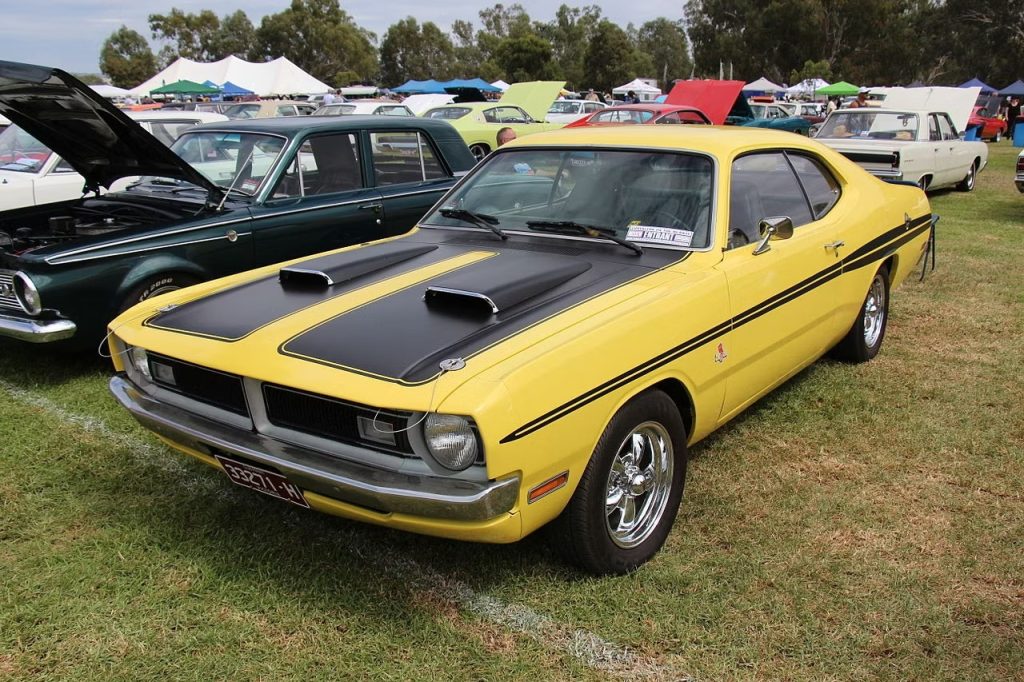
Plymouth introduced the 1970 Duster, as a 2-door Valiant hard-top with a 4-inch shorter wheelbase and sportier styling from the windshield rearward. The model was a runaway sales success. In 1971 Dodge introduced their own version of the Duster and gave it the Demon name. The Demon became Dodge’s compact performance car with dual hood scoops, blacked-out trim, and an available 275 hp 340 cu. in. V8. The Demon name lasted just two years and lay dormant until the 1025 hp Demon 170 “Last Call” Challenger.
Stay tuned when Benna CDJR presents the 31-40 ranked best Dodge models.







